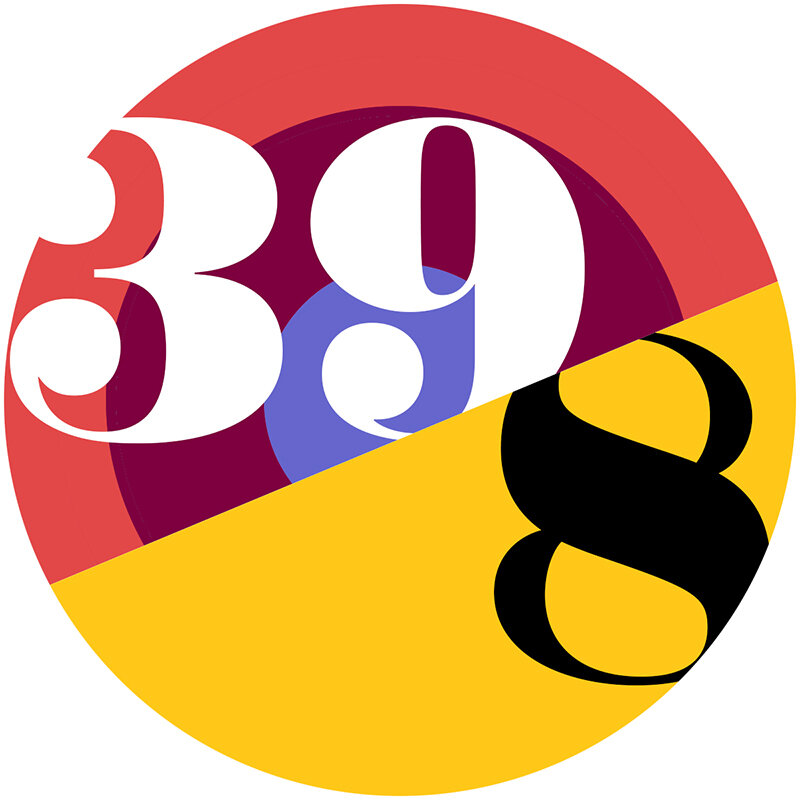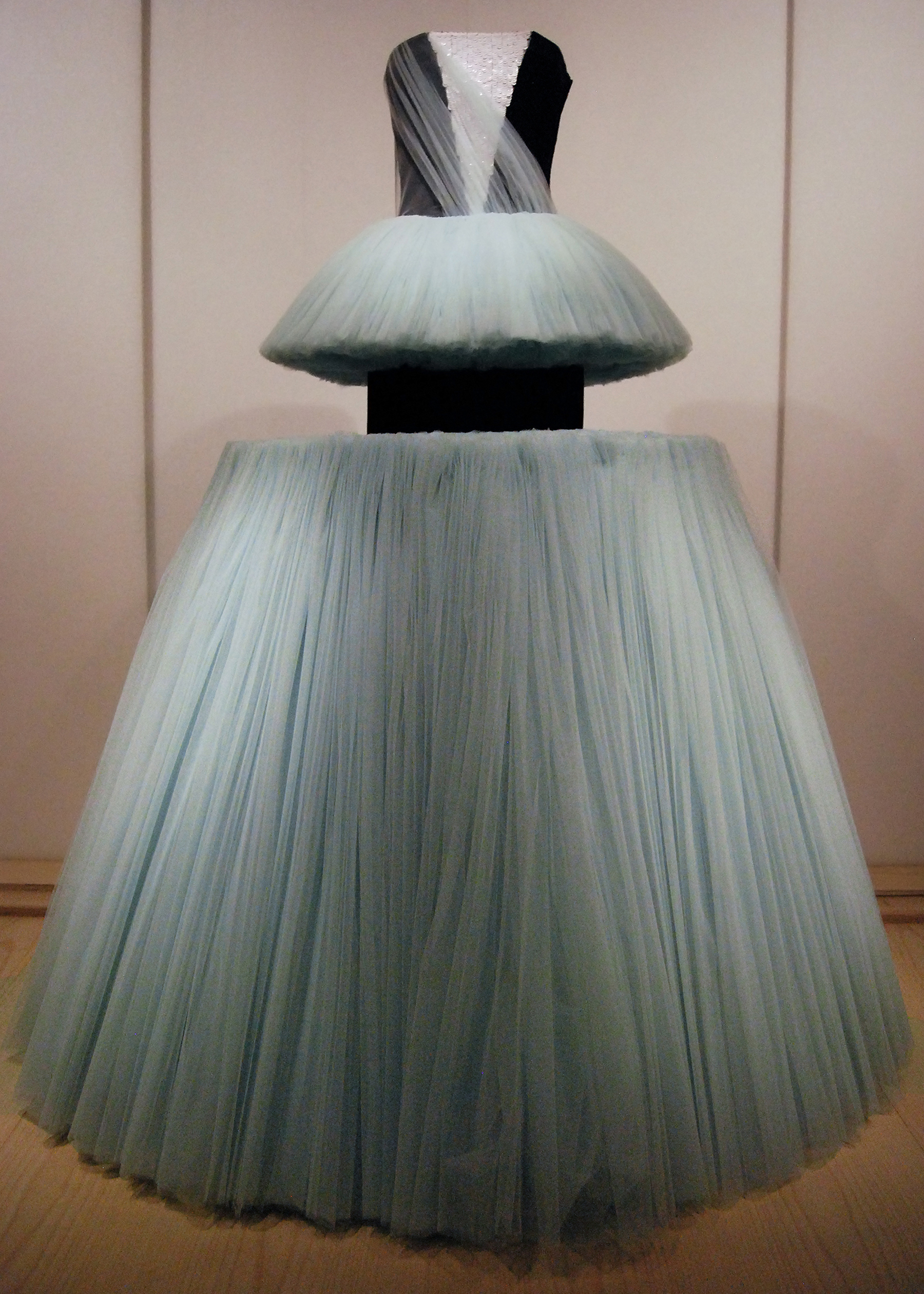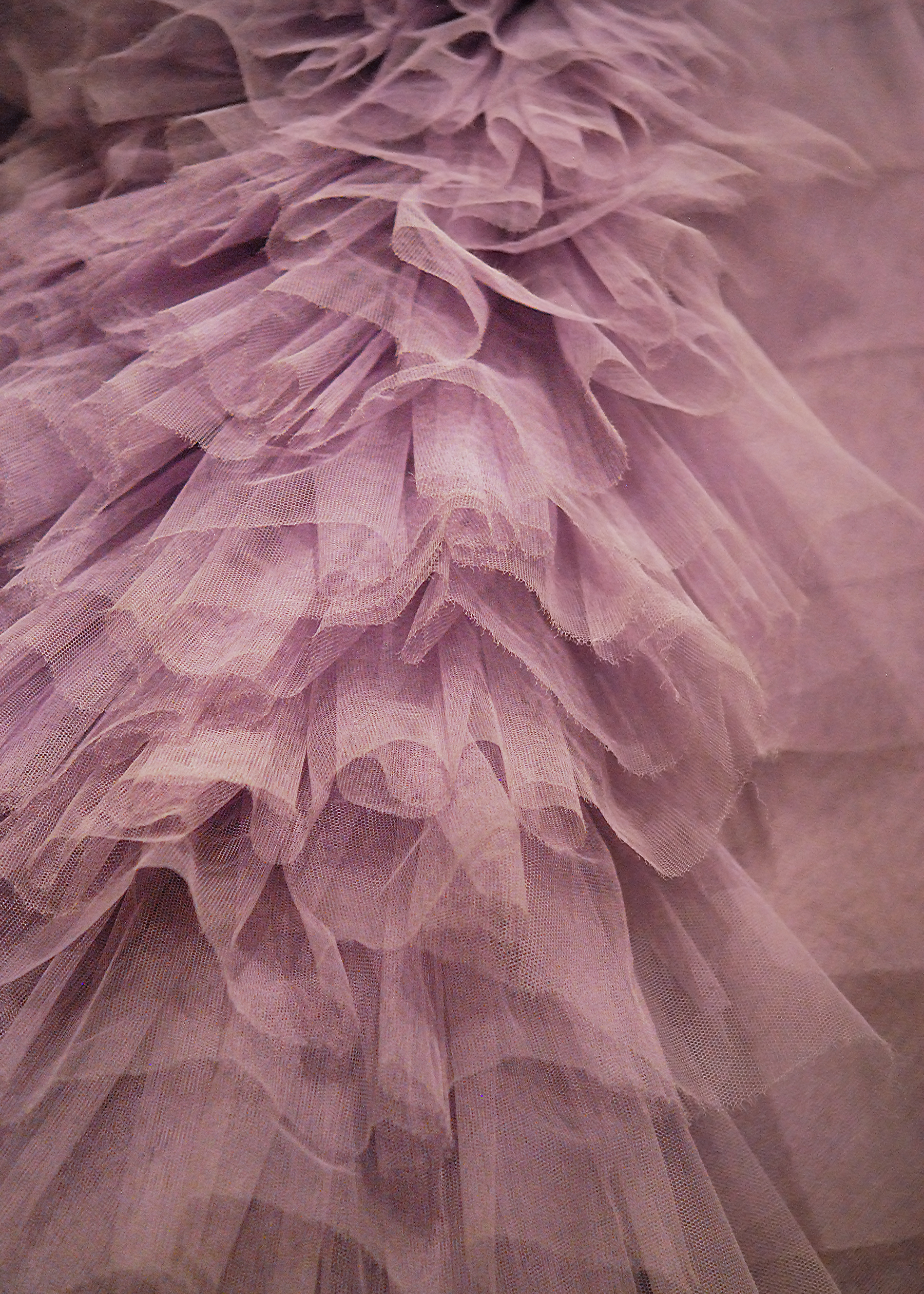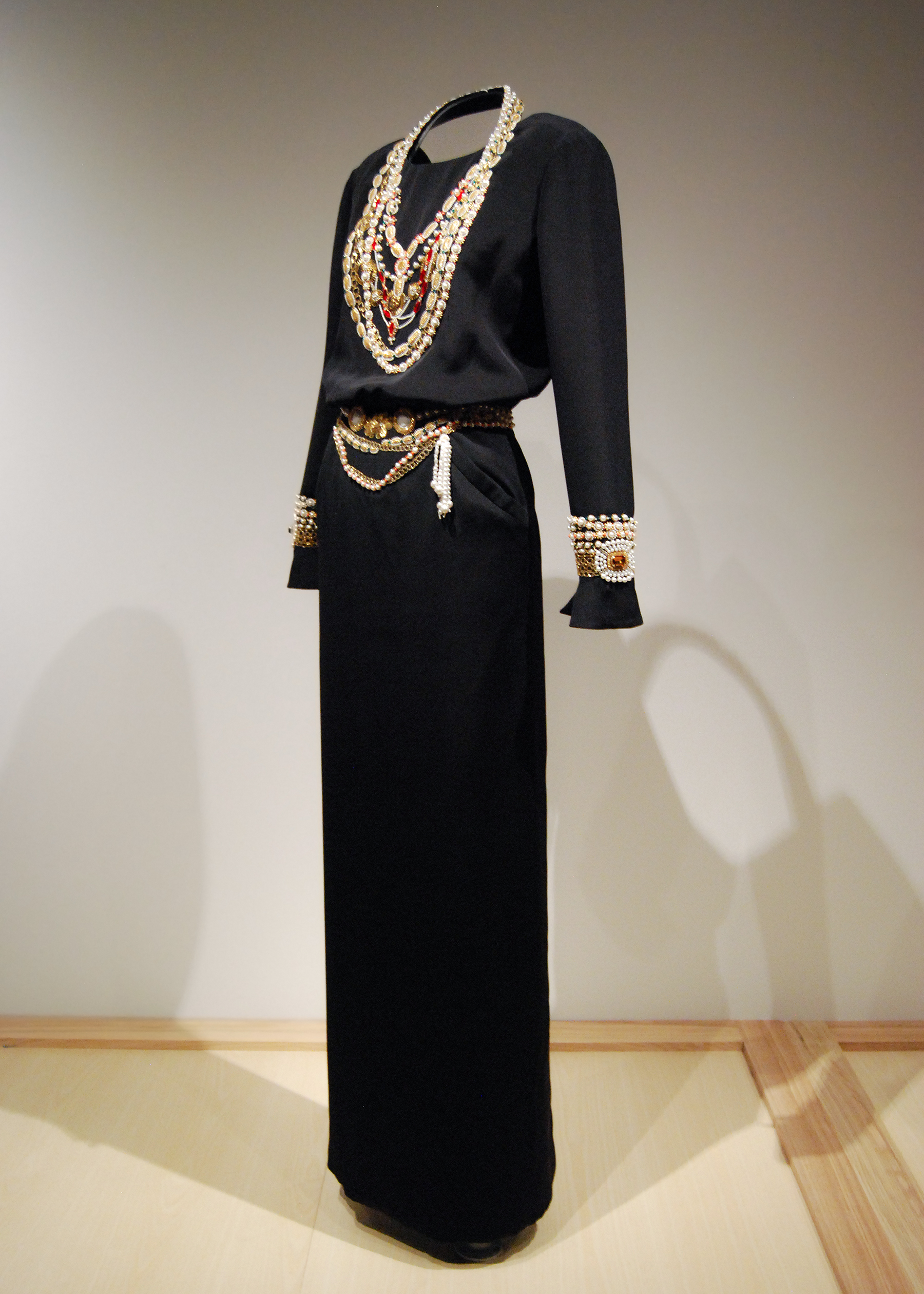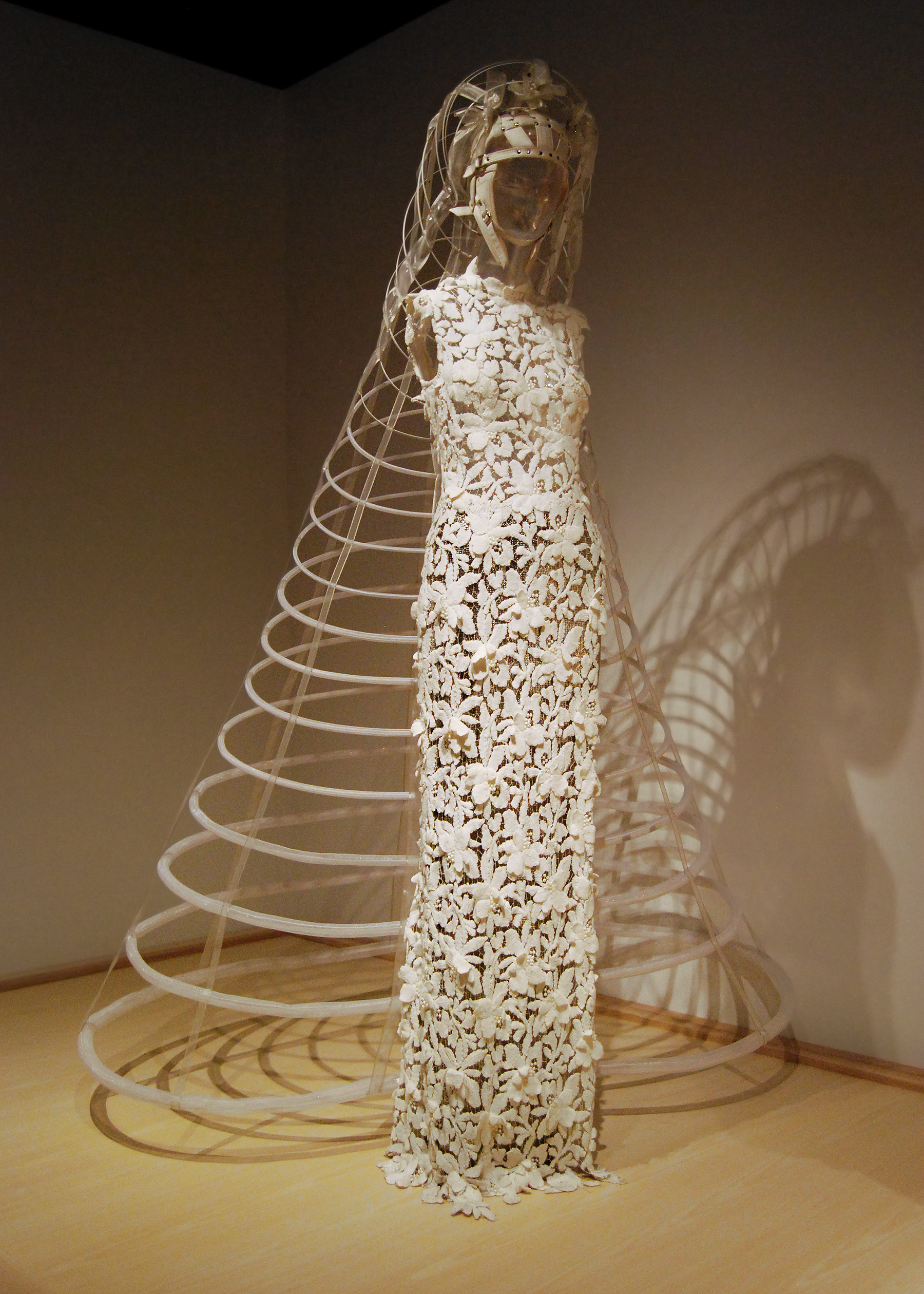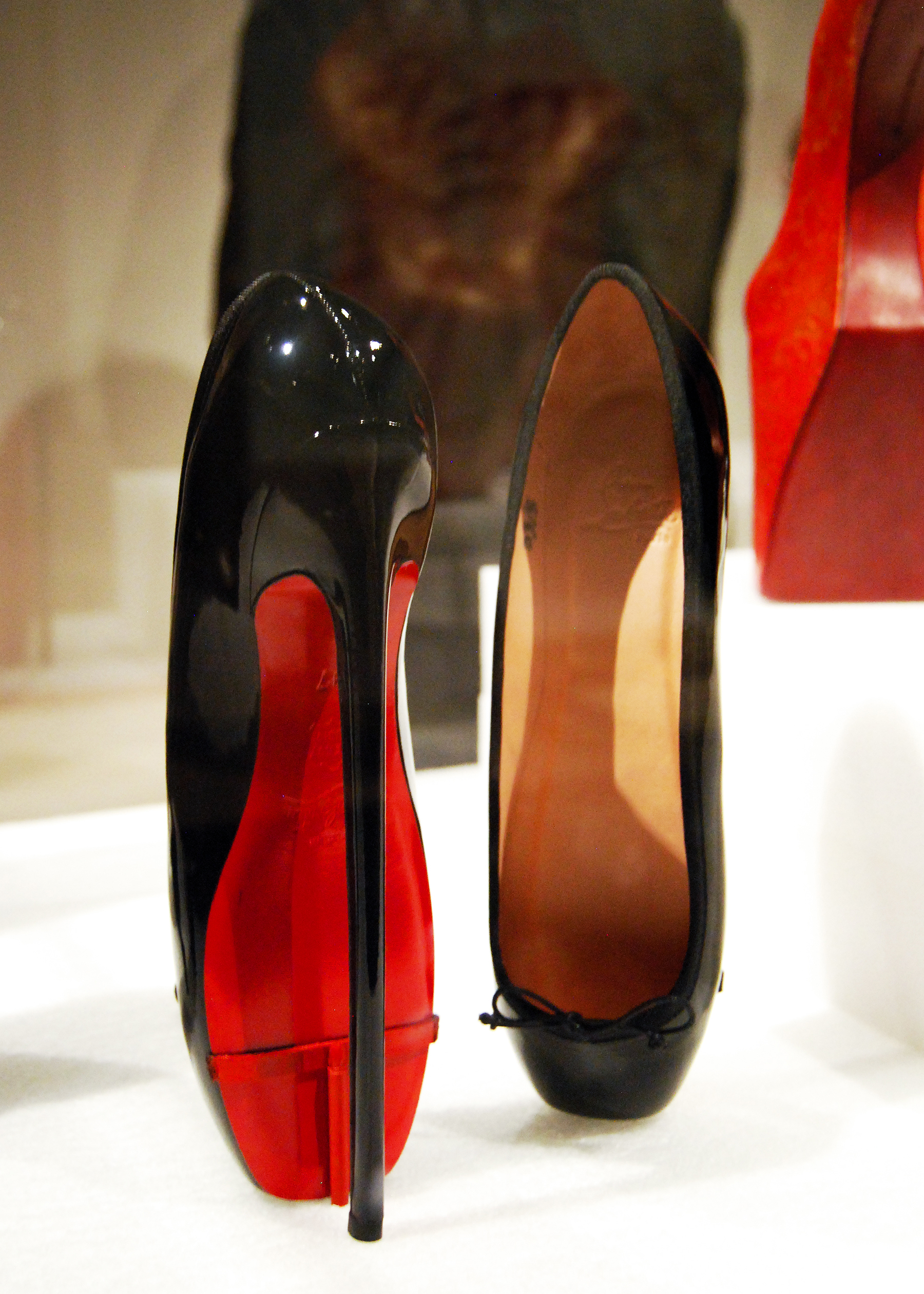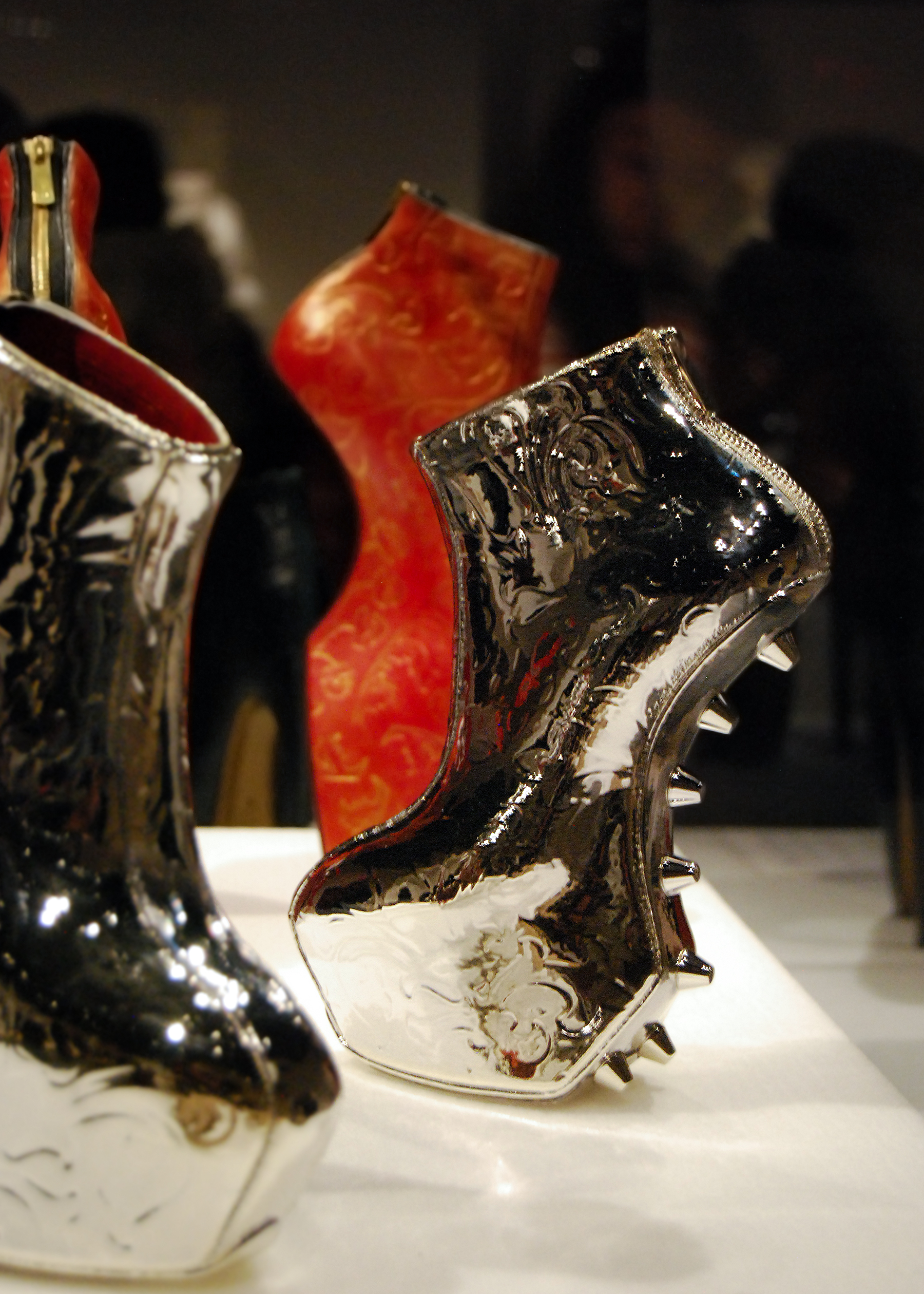Collecting Fashion Can Be Habit-Forming
The Costume Institute's fall exhibition focuses on the organization's recent acquisitions, during the last decade. Represented are 60 ensembles mostly haute couture and women's ready-to-wear, with a few pieces of menswear and accessories. This may be smaller in scale compared to the spring exhibitions, but the importance of this show is its intention to explain the costume institute's acquisition process, less on the "how", but more on the "why" they procure such pieces in the last few years. Explains Andrew Bolton, curator-in-charge: "Over the seven decades since The Costume Institute became part of the Met in 1946, our collecting strategy has shifted from creating a collection of western high fashion that is encyclopedic in breadth to one focused on acquiring a body of masterworks." To date, the archive is about 35,000 pieces big, from the 15th century to the present.
Each piece is displayed without the customary use of a mannequin, a strategy that brings the eyes and mind to the piece itself, and how its fabrication, silhouette and historical relevance can be acknowledged by its own merit. Once the "person" is removed, the piece conveys its own personality.
The wooden platform used to display the pieces are symbolic of the packing crates normally used in transporting important pieces of art. Needless to say, its unlikely that they arrived in a brown box shipped to the Met by Amazon.
These are indeed, works of art. If not that, they are at the very least, an important representation of a period where, devoid of a fast fleeting trend, have advanced fashion by rethinking the conceptual norm of what constitutes a dress, a hat, or a pair of shoes. "We seek examples of the highest aesthetic and technical quality. Pieces that are superb expressions of their respective eras that we believe are exhibition-worthy," Says Jessica Regan, exhibit organizer and assistant curator, in an interview with fashionista.com.
The exhibit is arranged in sequential order of time periods, from 18th century to the present. Spanning four centuries, it managed to gather (and cohesively at that) pieces from: the 1730s France with a blue damask robe volant, an amazingly intact specimen of the period after King Louis XIV's death, where the uncorseted, informal, loose silhouette became very much in vogue; from the 19th century with a ball gown from Jean-Philippe Worth, a shimmering light grey satin piece with intricate butterfly embroidery; from the early 20th century with pieces from Madeleine Vionnet, Paul Poiret, and Elsa Schiaparelli; and pieces from present-day fashion luminaries like Hussein Chalayan (for his namesake brand and for Vionnet), John Galliano, Sarah Burton for Alexander McQueen, and Victor & Rolf--whose sherbet blue, black and white ball gown like a cloud of tulle, is cut in half looking like it was swiped by a razor-sharp chainsaw, frontlines the exhibit with its technical trickery.
Towards the end of the exhibit is a smaller gallery dedicated to Harold Koda, who retired earlier this year, leaving his post as curator-in-charge of The Costume Institute. In it are pieces donated by designers in his honor, with quotes of admiration for Mr Koda. From Raf Simons: "Harold has enlightened and delighted thousands of people with the wonderful exhibitions he has curated for the Metropolitan Museum. We are indebted to him for all he has done to further the understanding and significance in our collective history."
"Masterworks: Unpacking Fashion" is on view at The Costume Institute at The Metropolitan Museum of Art, through February 5, 2017. 1000 Fifth Avenue, New York NY 10028. Visit www.metmuseum.org for further details.
Click on the photos below for a full screen view
Madeilene Vionnet, Evening Dress, 1929, haute couture
Robe A La Francaise, ca. 1760. Light blue silk faille, brocaded with polychrome silk, gold and silver metal thread, trimmed with polychrome silk fly fringe
Elsa Schiaparelli, Evening Jacket, autumn 1937, haute couture (in collaboration with Jean Cocteau and House of Lesage)
Alexander McQueen, Jacket, spring/summer 1995. Orange wool twill printed with black swallow motifs and hand-painted with black pigment.
Paul Poiret, Opera Coat, 1911, haute couture. Ivory silk damask with black silk crepe-back satin and ivory silk corded passementerie
Thom Browne, Sandals, spring/summer 2016. Natural paulownia wood with black, blue, red and white leather
photos: © 2016 Arturo Veloira
